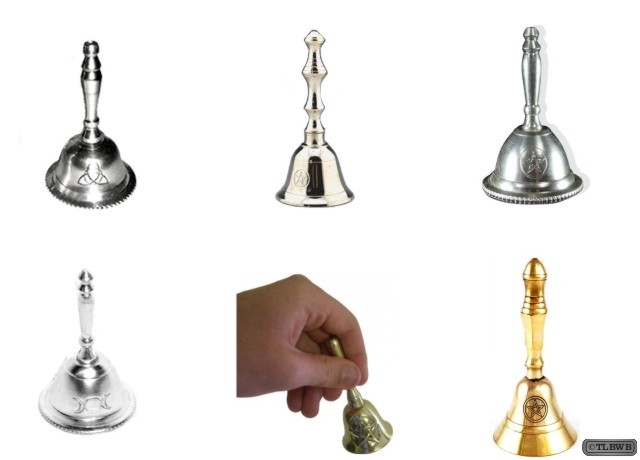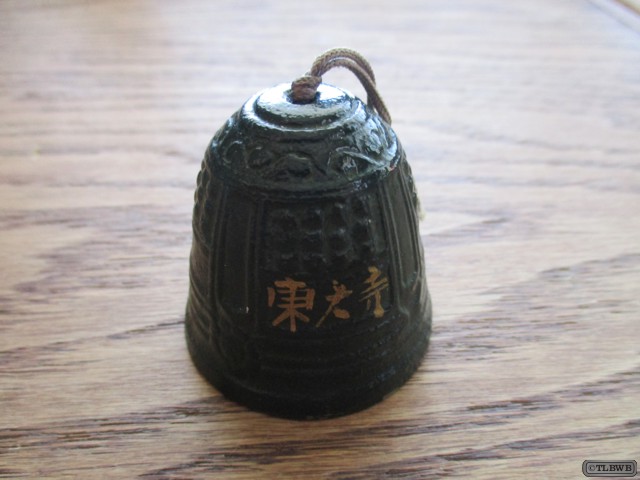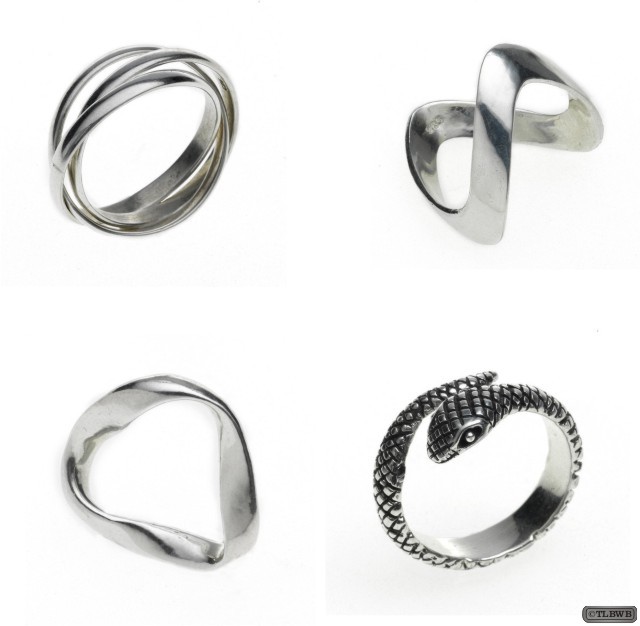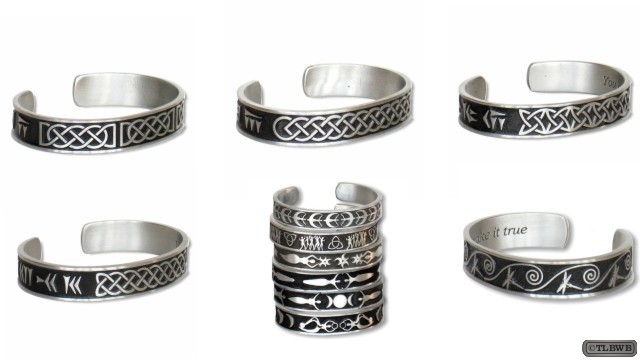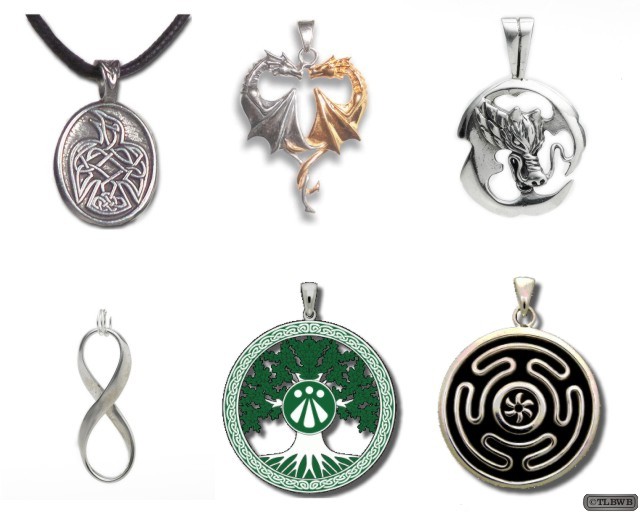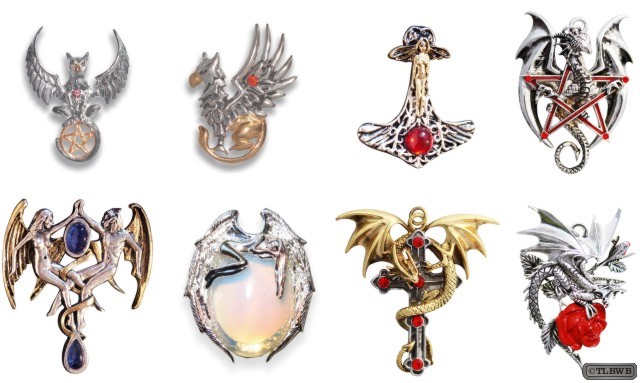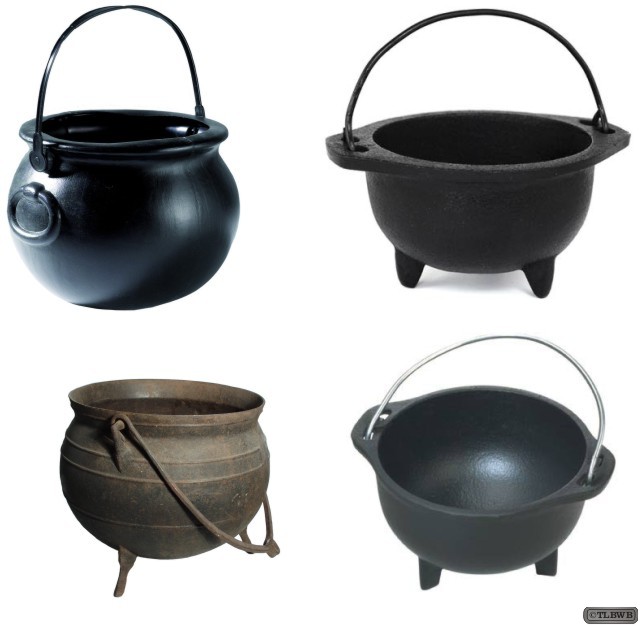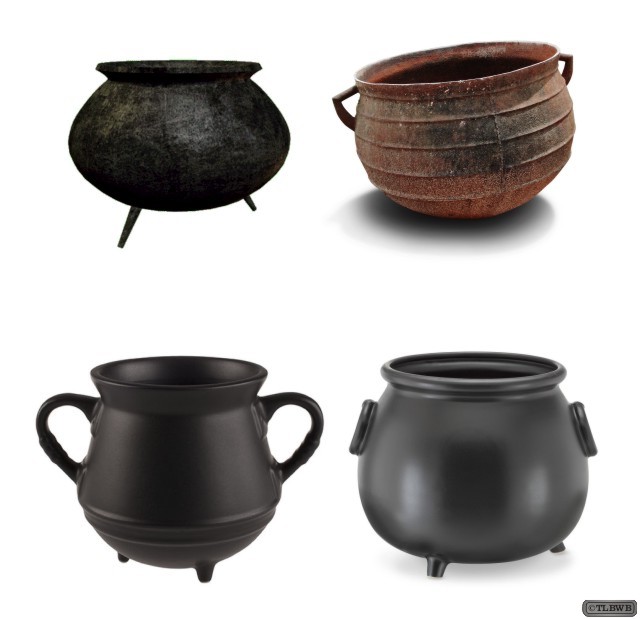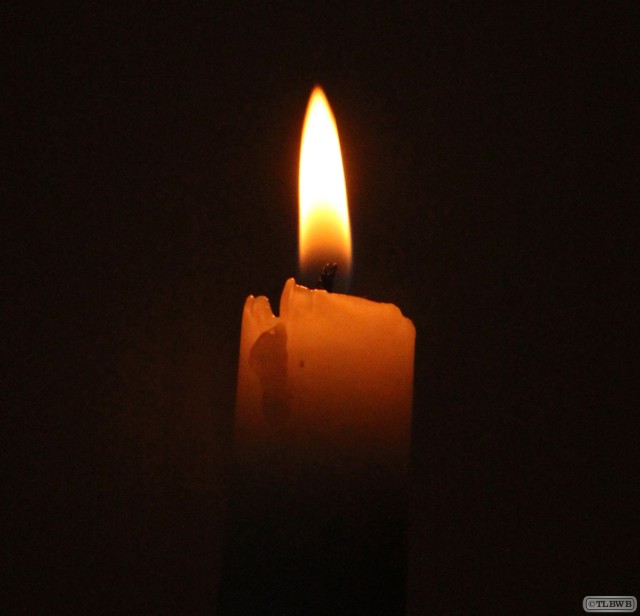
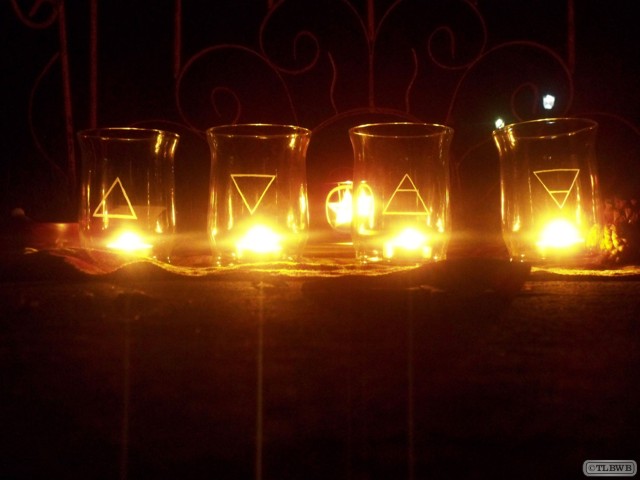
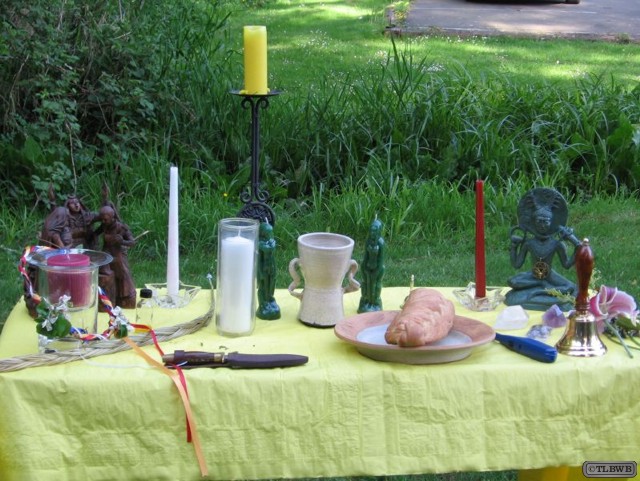
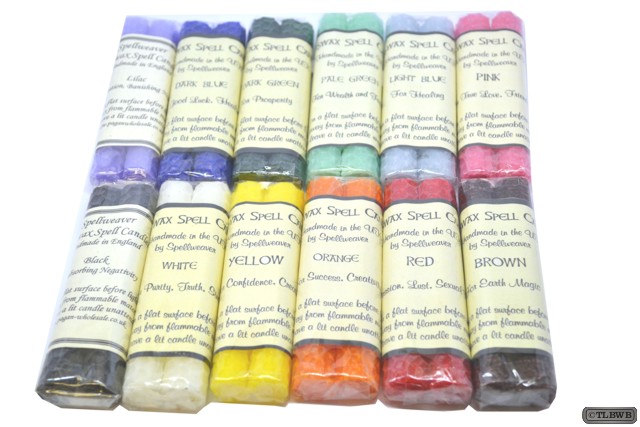
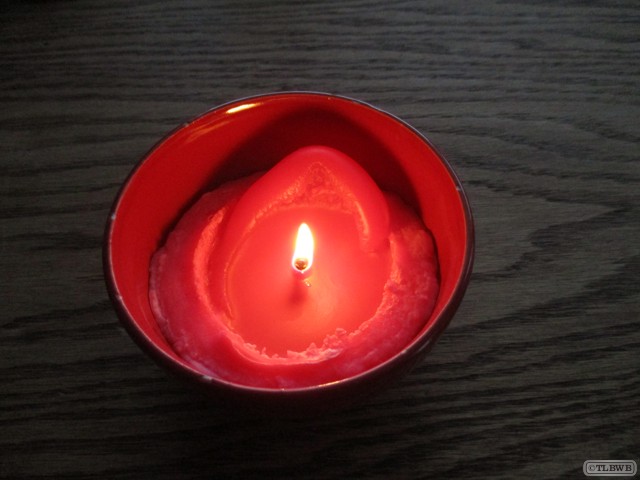
A candle is a solid block of wax with an embedded ignitable wick that provides light, and in some cases, a fragrance. It can also be used to provide heat, or as a method of keeping time.
A candle manufacturer is traditionally known as a chandler. Various devices have been invented to hold candles, from simple tabletop candle holders to elaborate chandeliers.
For a candle to burn, a heat source (commonly a naked flame) is used to light the candle’s wick, which melts and vaporizes a small amount of fuel (the wax). Once vaporized, the fuel combines with oxygen in the atmosphere to ignite and form a constant flame. This flame provides sufficient heat to keep the candle burning via a self-sustaining chain of events: the heat of the flame melts the top of the mass of solid fuel; the liquefied fuel then moves upward through the wick via capillary action; the liquefied fuel finally vaporizes to burn within the candle’s flame.
As the mass of solid fuel is melted and consumed, the candle becomes shorter. Portions of the wick that are not emitting vaporized fuel are consumed in the flame. The incineration of the wick limits the exposed length of the wick, thus maintaining a constant burning temperature and rate of fuel consumption. Some wicks require regular trimming with scissors (or a specialized wick trimmer), usually to about one-quarter inch, to promote slower, steady burning, and also to prevent smoking. In early times, the wick needed to be trimmed quite frequently. Special candle-scissors, referred to as “snuffers” were produced for this purpose in the 20th century and were often combined with an extinguisher. In modern candles, the wick is constructed so that it curves over as it burns. This ensures that the end of the wick gets oxygen and is then consumed by fire – a self-trimming wick.
Wicca
In Wicca and related forms of Paganism, the candle is frequently used on the altar to represent the presence of the God and Goddess, and in the four corners of a ritual circle to represent the presence of the four classical elements: Fire, Earth, Air, and Water. When used in this manner, lighting and extinguishing the candle marks the opening and closing of the ritual. The candle is also frequently used for magical meditative purposes. Altar candles are traditionally thick tall candles or long tapers which are available in many colors. In Wicca, the candles that are used come in a variety of colors, depending on the nature of the ritual or custom at hand. Some Wiccans may use red, green, blue, yellow and white or purple candles to represent the elements.
Using candles in magic based on Wiccan beliefs is known as “sympathetic magick” in that it is believed the candle represents the outcome the person is wanting. It is a “like attracts like” form of magical practice. For example, if a person is looking for a job or needs extra income a green candle (the color of American dollars) would be used. For romance, a red candle would be used (red is a universal color of love and hearts). There is an additional belief that the smoke from the candles will take the prayer requests, desires, or wishes up to the gods.
Candle Color Chart
White: Truth, purity, spiritual enlightenment, cleansing, clairvoyance, healing, truth-seeking, purity, innocence, clarity, unity, dawn, purification, peace, protection, spirituality, general work, repels negativity, use to bring peace, spiritual strength, heals emotions, and provides protection.
Green: Money, luck, fertility, abundance, growth, success, wealth, physical healing, health, marriage, employment, balance, stimulates growth, healing, financial success, good luck, new job, good harvest, nature appreciation and love.
Red: Love, health, sex, strength, energy, vitality, health, passion, sex, protection, fire, fertility, fast action, potency, lust, blood, physical love and passion, courage, warmth, attraction, magnetism, desire, action, physical strength, power, willpower, strengthens magnetism in a ritual, creates Ram and Scorpio energies.
Rose: Compassion for self and others, higher mystical powers, humor, Love, romance, opening the heart, forgiveness, compassion, healing, joy, creativity, endurance, strength, stability and security.
Magenta: Combination of red and violet that oscillates on a high frequency, energizes rituals where immediate action and high levels of power or spiritual healing are required.
Pink: Love, morality, honor, devotion, tenderness, faith, friendship, romance, spiritual healing, caring, affection, forming partnerships, peace, emotional healing, universal love, purest form of love, love that is unconditional, spiritual love without sex connotation, raises vibrations, sensitivity, healing, color of femininity, pleasantness, enhances joyful and lively conversation.
Purple: Power, business progress, ambition, karma and ego, ancient wisdom, the third eye, psychic powers, meditation, spirituality, success, confidence, hidden knowledge, protection, divination, forms of expansion, expands what you already have, spiritual protection, power, wisdom, healing, recognition, enhances psychic ability, recognition in work and contact with spirit world.
Orange: attraction, stimulation, cleanses negative attitudes, situations and places, happiness, business deals, attracting good things, success, career, goals, stimulation, attraction, power, luck, sudden changes, warmth, energy building, enthusiasm, attracts success and prosperity, emotional healing, attracts friends, courage and ambition.
Peach: Restoration and rejuvenation.
Greenish Yellow: jealousy, anger and discord.
Gray: Neutrality, stalemate, neutral color useful when pondering complex issues during meditation, in magic, this color often sparks confusion, negates or neutralizes a negative influence, and negativity.
Light Blue: Tranquility, patience, health, communication, truth, peace, calm, loosing weight, wisdom, understanding, protection, harmony, inspiration, happiness, luck, loyalty, peaceful, cooling, contentment, healing, idealism, harmony, devotion and meditation.
Indigo: Color of inertia, stops situations or people and use in rituals that require a deep meditational state.
Royal Blue: Promotes laughter and joviality, color or loyalty and or whenever an influence needs to be increased.
Dark Blue: Depression and changeability.
Yellow: Intellect, wisdom and honor, action, inspiration and creativity, studying and intelligence, concentration, memory, logic, learning, attraction, confidence, mental powers, intellect, inspiration, concentration, retention of memory, energy, cheerfulness, sunny disposition, changes, endurance, stability and security.
Lavender: Mother consciousness, manifestation and selflessness, spirituality, compassion, understanding, inspiration, make contact with Higher-Self, attract spiritual assistance and very calming.
Violet: Strength, success, idealism, psychic revelation, ambition, independence, financial success and spiritual world.
Ivory: Neutrality, balance and harmlessness.
Brown: Neutrality, uncertainty, hesitation, earth, balanced color, material gain, eliminates indecisiveness, furthers powers of concentration, learning, telepathy, expands financial success, finds lost items, material prosperity, home, friendships, balance, animal magic, earth magic, concentration and studying, wealth, success, intuition, psychic powers, ESP, protecting pets and said to help find lost items.
Silver: Victory, stability, meditation, developing, psychic Ability, removal of negative power, repelling destruction, cancellation, neutrality and stalemate.
Gold: Enlightenment, protection, success, wealth, money, masculinity, playfulness, luck, divination and victory.
Black: Discord, evil, negativity and confusion.
The Lost Bearded White Brother

